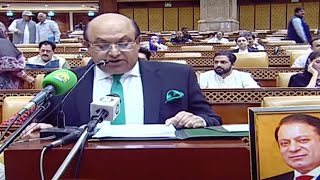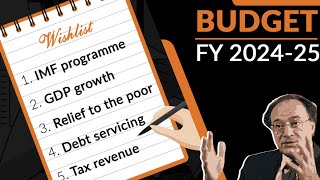 Prime Minister Imran Khan while chairing a performance review of the Commerce Division directed that export targets be fixed as increasing exports is his administration's priority. Commerce Division has been setting export targets for decades, however, rarely have these targets been met prompting economists to dismiss these targets as a wish list dictated by political considerations. The prime minister urged the Commerce Division to implement the e-commerce policy and national tariff policies that had already been approved by the cabinet and was informed that trade policy framework as well as the textile policy 2020-25 is being given their final shape. Pakistani officialdom has been particularly successful in formulating laudable policies/strategy papers, with or without bilateral/multilateral assistance, however the issue has been in implementation and one would therefore fully support the Prime Minister's directive to implement the policies/strategies.
Prime Minister Imran Khan while chairing a performance review of the Commerce Division directed that export targets be fixed as increasing exports is his administration's priority. Commerce Division has been setting export targets for decades, however, rarely have these targets been met prompting economists to dismiss these targets as a wish list dictated by political considerations. The prime minister urged the Commerce Division to implement the e-commerce policy and national tariff policies that had already been approved by the cabinet and was informed that trade policy framework as well as the textile policy 2020-25 is being given their final shape. Pakistani officialdom has been particularly successful in formulating laudable policies/strategy papers, with or without bilateral/multilateral assistance, however the issue has been in implementation and one would therefore fully support the Prime Minister's directive to implement the policies/strategies.
Be that as it may, there are two elements of our exports that the Prime Minister would be well advised to consider. Firstly, while agriculture contributes around 18.9 percent to our Gross Domestic Product with 42.3 percent of labour force participation as per the Economic Survey 2018-19 yet the largest share is held not by crops but by livestock at 60.54 percent - a sector that has considerable potential for exports given the lucrative halal meat market in the Middle East and North Africa, which is currently being catered to by the Christian West, and the Chinese market which is open to Pakistani meat exporters after the signing of the FDA but which remains untapped due to the Chinese insistence on pedigreed meat which is not available in Pakistan.
The Survey further notes that while crop output suffered a negative 4.43 percent growth in 2018-19 (with major crops witnessing a negative 6.55 percent growth) livestock actually witnessed a growth of 4 percent last year. Disturbingly, Jehangir Tareen, the architect of the government's 309 billion rupees agriculture emergency programme unveiled on 1 July 2019, envisaged enhancing yield of wheat, rice, sugarcane and oilseeds with 220 billion rupees earmarked for water-related projects, including brick lining of water courses and construction of small dams; the livestock sub-sector programme however envisaged save the calf and fattening cattle programme while desi chickens were to be provided to the poor of rural areas at subsidised rates to alleviate poverty. There is therefore an urgent need to upgrade the livestock subsector with an emphasis on increasing its exports.
Secondly, Pakistan continues to export its surplus production rather than producing to export. This must change and the government would be well advised to ensure a productivity base that is geared almost exclusively on exports rather than on meeting domestic needs first and then exporting the surplus. For that to materialize, the ministry of industries must come up with an industrial policy geared towards exports.
It is also important to conduct empirical studies that would determine which factors play a role in limiting or enhancing exports that need to be carried out on an emergent basis. At present, the same old export promotion measures are being implemented including fiscal and monetary incentives, a focus on special economic/export zones and subsidised electricity at par with exporters' regional competitors to encourage exports and recent data indicates that their success is severely limited.




















Comments
Comments are closed.